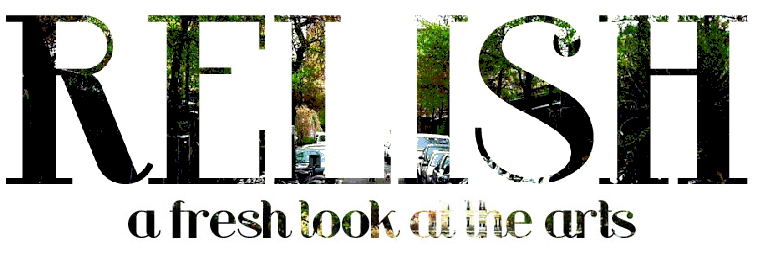The Millenium Galleries in Sheffield have pulled a couple of blinders this year. This summer's 'Watercolour in Britain' exhibition was a beautiful specimen to behold. I lost count of the lunch hours I spent gazing at the Pre-Raphaelite brotherhoods paintings. Rossetti, Hunt and Millais were peppered with some more contemporary peices, Chris Offili and Anish Kapoor standing out amongst the rest.
But this Autumn, they've shunted the Long Gallery around to make way for 'Restless Times: Art in Britain 1914-1945' an exhibition that in the curator's own words 'looks at the preoccupations of the period and draws parallels with today'. Having studied the Modern Period in the last term of my Literature degree I hoped I'd be able to put both the art and the literature into a wider historical context. This little (and slightly geeky) personal goal was a natural process when walking around the exhibition, helped along by the ridiculous ambitions of Wyndham Lewis and the Vorticists who wanted their fingers in every pie, and definately upped my appreciation of the work. The early 20th Century was wracked with political instability, technological progression, glamour, sin, rage, passion, anger and a crippling guilt at the abandonment of the past. T.S Eliot, Virginia Woolf and D.H Lawrence all embraced such contradictions with darkness looming over every line of their work.
The exhibition's Vorticist paintings helped put Modern Manifestos into practice. Blast is perhaps the most well-known of these, written in 1914 by Wyndham Lewis and Ezra Pound, the magazine's title meant the 'the blowing away of dead ideas and worn out notions'. This tirade on the past included the condemning of the French (their little trees causing the most frustration), Victorian London and all it represented; the suffragettes, the circus and codliver oil (really). If you ever have a spare minute, it's worth a look if only for its absurdity. Such frustration and forward looking is reflected in many of the works in Restless Times; mechanical shapes, vortexs of bold lines, dark colours permeated by bright reds and oranges all hint at modernisation and destruction at the same time.
 But what gives the entire collection its weight is the few Henry Moore sketches that line one wall. Most of us know Henry Moore for his large, no massive, sculptures that are scattered around the country. But his finest work in my eyes is the series of sketches he made whilst in the Underground during the Blitz. The scratchy pencil, ink and charcoal drawings, sometimes illuminated by thin lines of colour, are exquisite. Somehow their beauty transcends the horror of the subject; rows upon rows of slumbering Londoners clinging to one another in the dark. Tender moments shared by men, women and children whilst they escape from noise and terror outside. The static, corpse-like appearance of the bodies suggesting the fine line of life and death of war-time existence. Despite suceeding TS Eliot's 'The Wasteland' by almost twenty years, the etchings of people in a brick walled wasteland encapsulate the sentiment behind his words:
But what gives the entire collection its weight is the few Henry Moore sketches that line one wall. Most of us know Henry Moore for his large, no massive, sculptures that are scattered around the country. But his finest work in my eyes is the series of sketches he made whilst in the Underground during the Blitz. The scratchy pencil, ink and charcoal drawings, sometimes illuminated by thin lines of colour, are exquisite. Somehow their beauty transcends the horror of the subject; rows upon rows of slumbering Londoners clinging to one another in the dark. Tender moments shared by men, women and children whilst they escape from noise and terror outside. The static, corpse-like appearance of the bodies suggesting the fine line of life and death of war-time existence. Despite suceeding TS Eliot's 'The Wasteland' by almost twenty years, the etchings of people in a brick walled wasteland encapsulate the sentiment behind his words: Unreal city,
Under the brown fog of a winter dawn,
A crowd flowed over London Bridge, so many,
I had not thought death had undone so many.
(Eliot, The Burial of the Dead, ll.60)
Despite this, I couldn't help but think that the exibition's curators had missed a trick. No doubt, the period was haunted, sandwiched between two world wars it was bound to be. But I missed the secret decadence of the Bloomsbury group that appears in so much of the literature, the international influences of absinthe and Africa, the revolutionary spirit. There was more underground than just the trains in this period.
The exhibitions on till January.*
*it's even suitable for the colour blind. Tried and tested.


I like your article. I liked the exhibition too. I work in town and been a couple of times-what I also liked was that both times I went was that there were plenty of others looking around too- all ages.
ReplyDeleteYou clearly up on your stuff. Loved the Lewis picture.he has one at Leeds called I think pixella. Terrific contrast with the Edith Sitwell portrait (bloomsbury version) on the back wall..